The Most Popular Treatments That Make Korea a Medical Tourism Hotspot
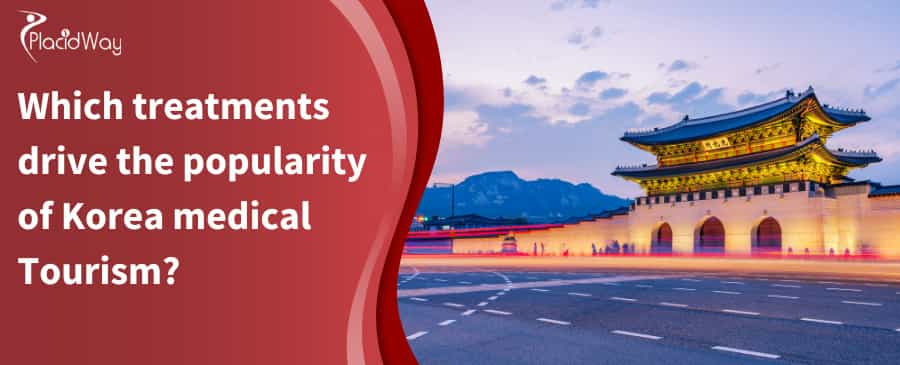
Have you ever wondered why South Korea has become a global hotspot for medical travel? It’s not just about K-pop and skincare; the country has firmly established itself as a powerhouse in the world of healthcare, attracting hundreds of thousands of international patients every year. The rise of Korea medical tourism is a story of incredible technological advancement, highly skilled medical professionals, and a deep cultural commitment to excellence and aesthetics. From the bustling, high-tech clinics of Gangnam to major university hospitals, Korea offers a unique blend of cutting-edge procedures and world-class service, often at a fraction of the cost you’d find in Western countries.
So, what’s drawing everyone in? The answer lies in a few key areas where Korea truly excels. First and foremost is the field of cosmetic and plastic surgery, where Korean surgeons are celebrated for their meticulous techniques and natural-looking results. Beyond that, the country's dermatology clinics offer some of the most innovative skin treatments available anywhere, promising flawless complexions through advanced laser technology and unique therapies. But it doesn't stop at aesthetics. Korea is also a top choice for complex procedures, including dental implants, spinal surgeries, and even advanced cancer care. This combination of quality, affordability, and specialization makes it a compelling option for anyone looking to improve their health and well-being. Whether you're seeking a subtle enhancement or life-changing medical care, understanding what treatments are on offer is the first step in exploring this premier healthcare destination.
What are the most popular cosmetic surgeries in South Korea?
South Korea is often called the plastic surgery capital of the world, and for good reason. The country's surgeons are known for their precision and artistic approach. Rhinoplasty is incredibly popular, with surgeons specializing in creating natural-looking nose shapes that harmonize with the patient's overall facial features. Similarly, blepharoplasty, or double eyelid surgery, is a staple procedure sought by both locals and international visitors to create larger, more defined eyes.
Facial contouring is another area where Korean clinics excel. Procedures designed to create a slimmer, more delicate jawline, often called V-line surgery, are highly sought after. These complex surgeries involve altering the jaw and chin bones to achieve a more oval or heart-shaped face. Alongside these, anti-aging procedures are a major draw for the Korea medical tourism market. This includes:
- Facelifts: Both surgical and non-surgical options are available to tighten skin and reduce wrinkles.
- Thread Lifts: A minimally invasive option that uses dissolvable threads to lift sagging skin.
- Fat Grafting: Transferring fat to areas like the cheeks or forehead to restore youthful volume.
Why is Korean plastic surgery so famous?
The global fame of Korean plastic surgery stems from a combination of factors. First is the sheer level of experience. With one of the highest rates of cosmetic procedures per capita in the world, Korean surgeons perform these operations with a frequency that hones their skills to an exceptional level. This high volume drives specialization, meaning you can find a surgeon who has dedicated their entire career to perfecting a single procedure, like rhinoplasty.
Secondly, the industry is fueled by cutting-edge technology. Korean hospitals and clinics invest heavily in the latest medical equipment, from 3D imaging for surgical planning to advanced lasers for post-operative care. This commitment to technology enhances safety and improves outcomes. Finally, there's the cultural aspect. The pursuit of beauty is widely accepted and discussed in South Korea, which has created a competitive market where clinics must deliver outstanding results and service to thrive. This environment has made Korea medical tourism synonymous with quality and innovation in aesthetics.
How much does a nose job (rhinoplasty) cost in Korea?
The cost of a rhinoplasty in Korea offers significant savings compared to the US or Europe, without compromising on quality. For a primary rhinoplasty, patients can expect the price to fall within the $3,000 to $7,000 range. A simpler procedure, like refining the nasal tip, would be at the lower end of this spectrum, while a more complex surgery involving implants or extensive reshaping would be at the higher end.
Several factors influence the final cost. Revision rhinoplasty (a second or subsequent nose surgery) is always more expensive due to the increased complexity and scar tissue. The surgeon's reputation also plays a big role; a highly sought-after "star" surgeon will command higher fees. The clinic's location and level of service (e.g., included post-op care, translation services) will also affect the price. It's important to get a detailed quote that includes all associated fees, such as anesthesia, medical tests, and follow-up appointments.
What is the cost of a facelift in South Korea?
For those seeking rejuvenation, the cost of a facelift in South Korea is very competitive. A traditional, full surgical facelift, which addresses sagging in the mid-face, jowls, and neck, is a comprehensive procedure with prices reflecting that. However, this is often 30-50% less than what you would pay in the United States for a comparable surgery.
Many patients exploring Korea medical tourism opt for less invasive anti-aging treatments, which are even more affordable.
- Mini-Facelift: Focuses on specific areas, like the lower face, with smaller incisions and a quicker recovery.
- Thread Lift: A popular non-surgical option that provides a temporary lift and stimulates collagen production.
These alternatives provide excellent results for individuals with mild to moderate skin laxity and come at a much lower price point, making them an accessible entry into anti-aging treatments.
Are Korean dermatological treatments effective?
The "glass skin" phenomenon isn't just a result of good skincare products; it's often achieved through the help of Korea's world-class dermatology clinics. These clinics are at the forefront of skin technology, offering a vast array of treatments that are both innovative and highly effective. They focus on creating a flawless canvas by addressing underlying skin issues, not just covering them up.
Patients travel to Korea specifically for dermatological care because the clinics offer access to the latest generation of lasers and energy-based devices that may not be widely available elsewhere. Dermatologists create highly customized treatment plans, often combining several different therapies to achieve the best results. Whether you're struggling with stubborn acne, post-inflammatory hyperpigmentation, or fine lines, Korean dermatology offers a solution that is backed by science and extensive clinical experience.
What are the top skin treatments available in Korea?
Dermatology clinics in Seoul are like a playground for skincare enthusiasts. They offer a dizzying array of high-tech treatments tailored to every conceivable skin concern. Some of the most popular and effective options include:
- Laser Treatments: Pico lasers (like Picosure or Picoway) are the gold standard for treating pigmentation issues like sun spots and melasma with minimal downtime. Fractional CO2 lasers are used for more aggressive resurfacing to treat deep acne scars and wrinkles.
- Lifting and Tightening: Ultherapy uses focused ultrasound to lift and tighten the skin from deep within, while Thermage uses radiofrequency energy to stimulate collagen for a smoother, firmer appearance.
- Injectables: Beyond Botox and fillers, Korea is famous for "skin boosters." Rejuran Healer, which uses polynucleotides from salmon DNA, is incredibly popular for repairing damaged skin cells, improving elasticity, and reducing fine lines.
Is getting dental work done in Korea a good idea?
While plastic surgery often steals the spotlight, dental care in South Korea is another major pillar of its medical tourism industry. Korean dental hospitals are equipped with the latest technology, such as 3D CT scanners for precise implant placement and CAD/CAM systems for same-day crowns. The dentists are highly trained, and many have completed specialization programs in the US or Europe.
The main draw for international patients is the combination of high quality and affordability. You can receive treatment using the exact same high-quality materials and brands (for implants, for example) that your dentist at home would use, but for a much lower price. The efficiency is also a key benefit; many clinics are set up to complete complex treatments in a short timeframe to accommodate a tourist's schedule.
What is the price of dental implants in South Korea?
The price of dental implants in South Korea is one of the biggest attractions for dental tourists. In the United States, a single implant can easily cost over $4,000. In Korea, that cost can be cut by 40-70%, making full-mouth reconstructions or multiple implants a much more attainable goal for many people. The price generally includes the surgical placement of the implant post, the abutment (the connector piece), and the final porcelain crown.
Top-tier Korean or international implant brands like Osstem, Dentium, or Straumann are commonly used. The final cost will depend on the brand chosen and whether any additional procedures, like a bone graft or sinus lift, are required. Many dental hospitals offer all-inclusive packages for international patients that cover the consultation, surgery, and all necessary components for a transparent price.
Does Korea offer advanced cancer treatments?
Beyond aesthetics, Korea medical tourism extends to life-saving critical care. The country's top university hospitals, such as Seoul National University Hospital, Asan Medical Center, and Samsung Medical Center, are renowned for their oncology departments. They have invested heavily in the most advanced cancer-fighting technology available.
These hospitals are major referral centers for patients across Asia and beyond. They offer:
- Proton Therapy: A highly precise form of radiation that targets tumors while sparing surrounding healthy tissue.
- Robotic Surgery: Minimally invasive surgeries performed with systems like the da Vinci robot, leading to faster recovery times.
- Immunotherapy and Targeted Therapy: Personalized treatments based on the genetic makeup of a patient's tumor.
The country's 5-year cancer survival rates are among the best in the world, a testament to the high standard of care and advanced treatment protocols available.
How do I find the best clinic in South Korea?
Navigating the healthcare landscape in a foreign country can be daunting. The key to finding the right clinic is thorough research. Start by identifying clinics that specialize in the specific treatment you need. A clinic renowned for rhinoplasty may not be the top choice for a skin treatment. Look for board-certified surgeons and check their credentials.
For international patients, it's crucial to choose a clinic that is experienced in treating foreigners. These clinics will have dedicated international departments with English-speaking coordinators, streamlined processes for consultations, and transparent pricing. Reading reviews from other foreign patients can provide invaluable insight. Partnering with a reputable medical tourism agency like PlacidWay can also simplify the process, as they have established relationships with top-tier, accredited clinics and can manage the logistics for you.
Ready to explore your healthcare options in one of the world's top medical destinations? Contact PlacidWay today to get a personalized quote and connect with leading clinics in South Korea for your treatment needs.


.png)


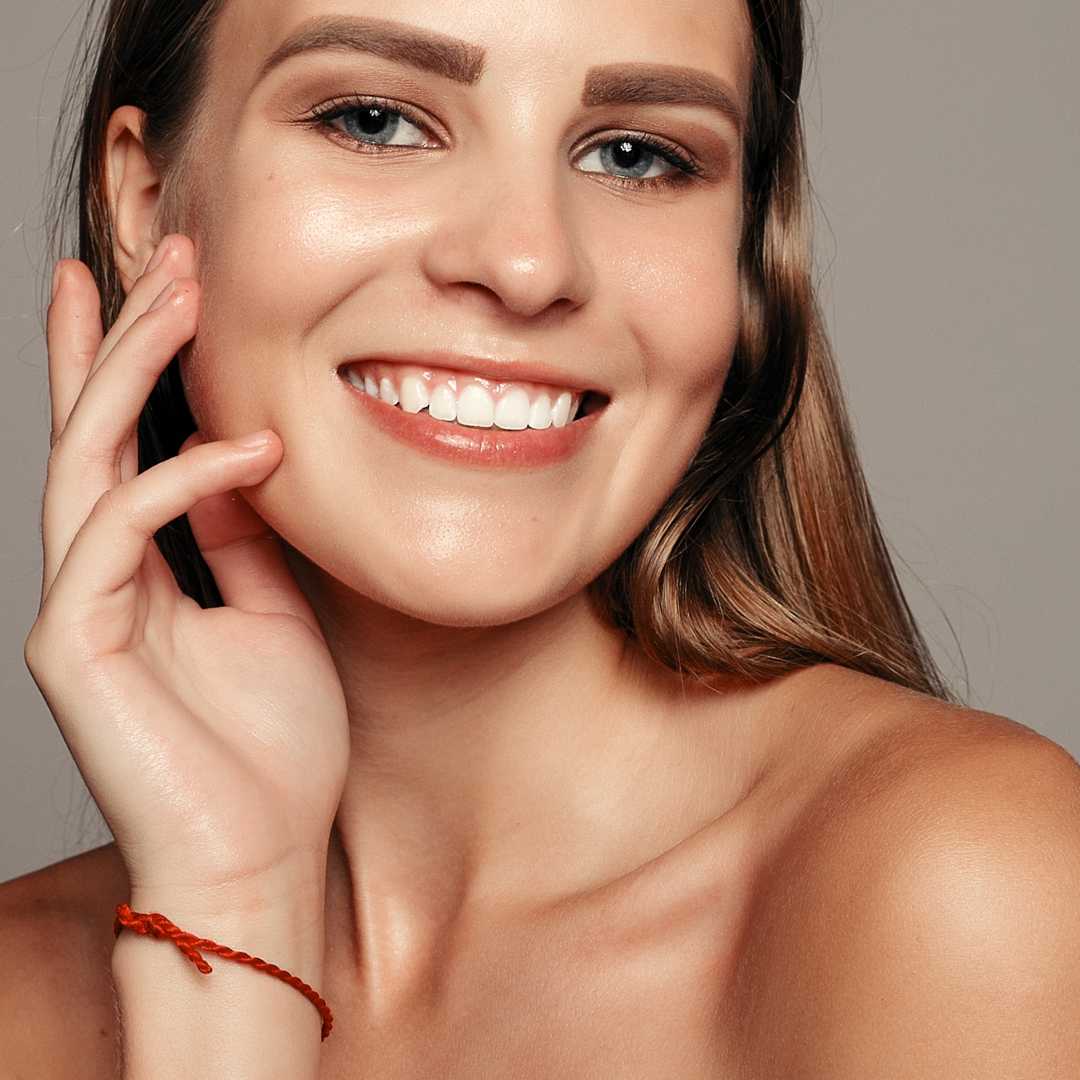
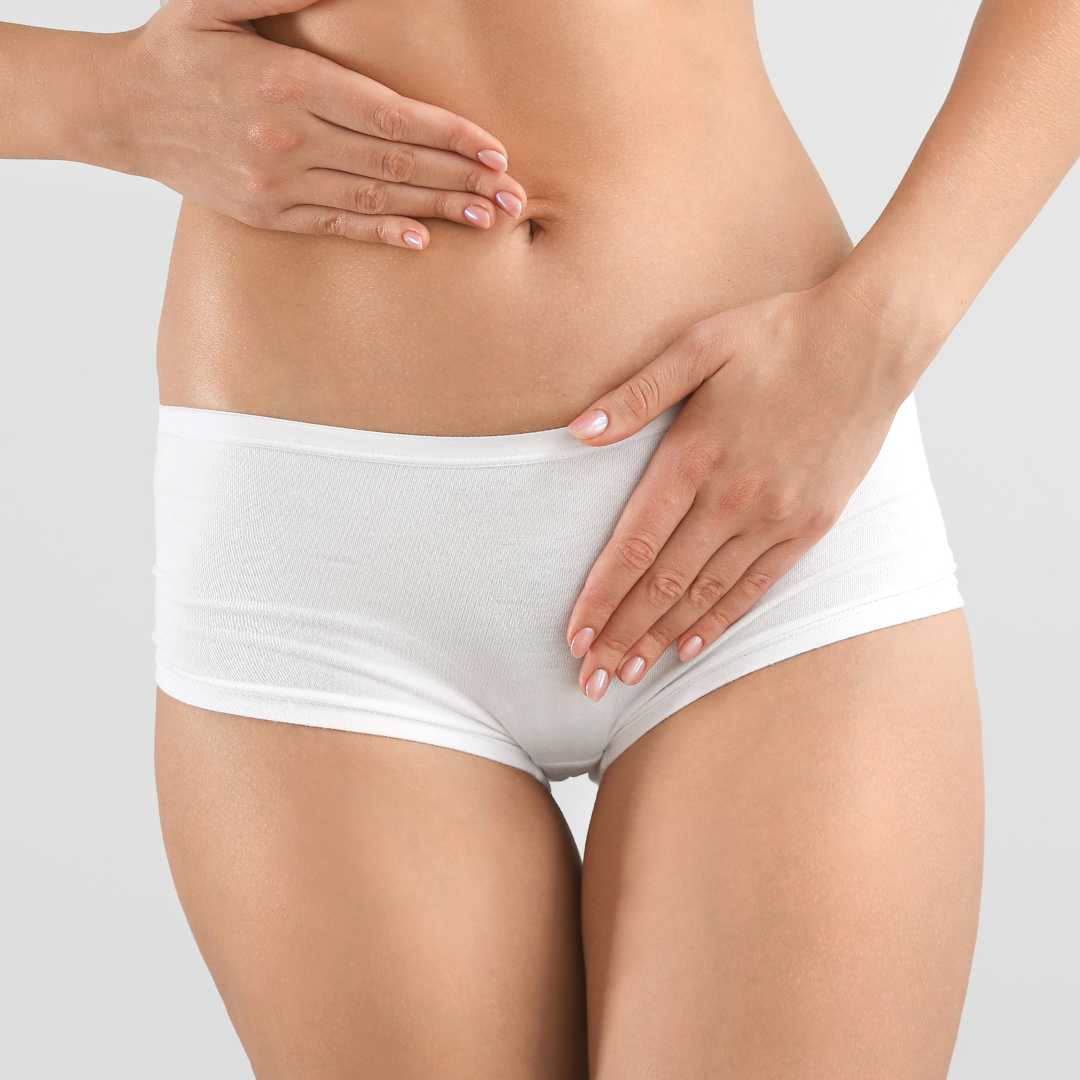



.png)
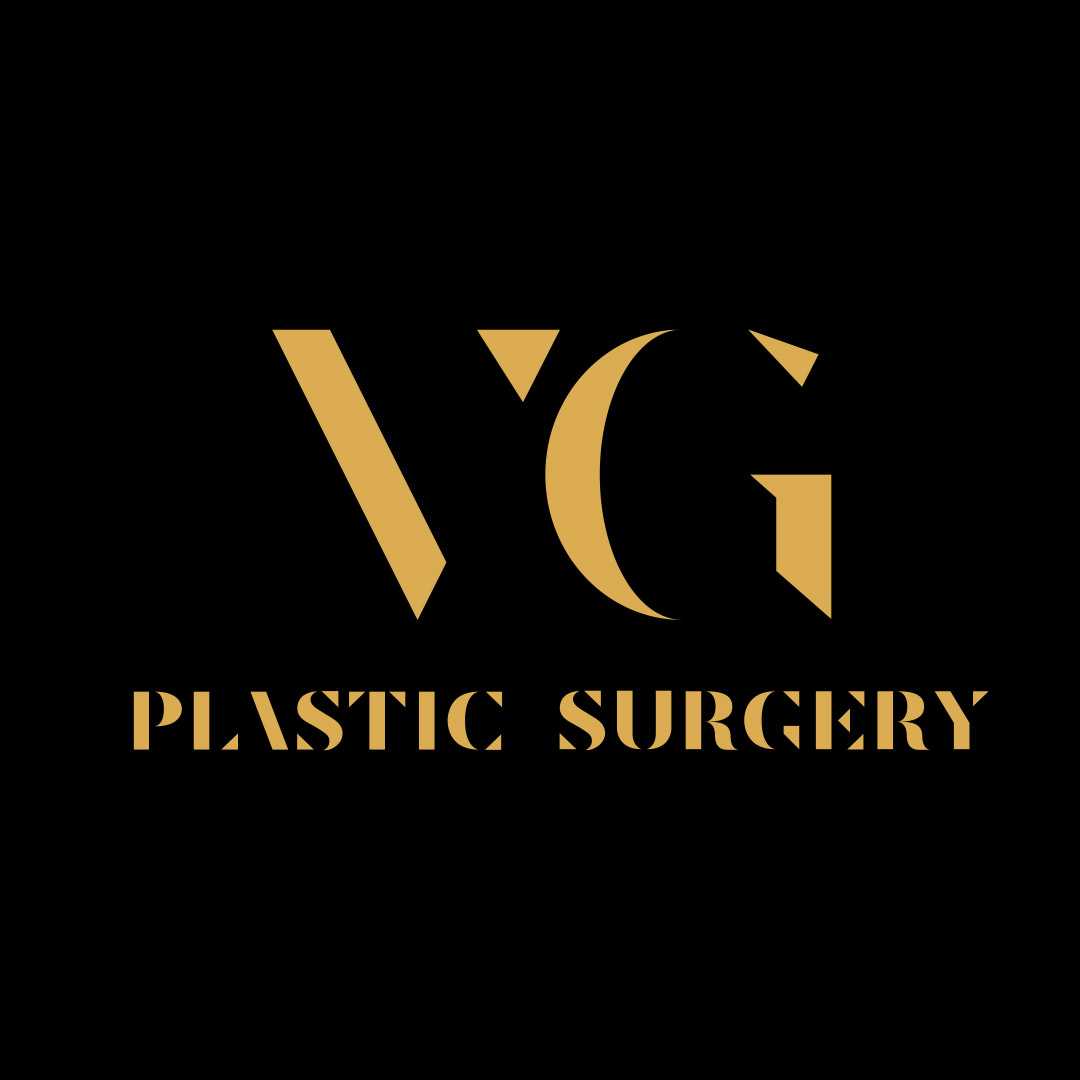
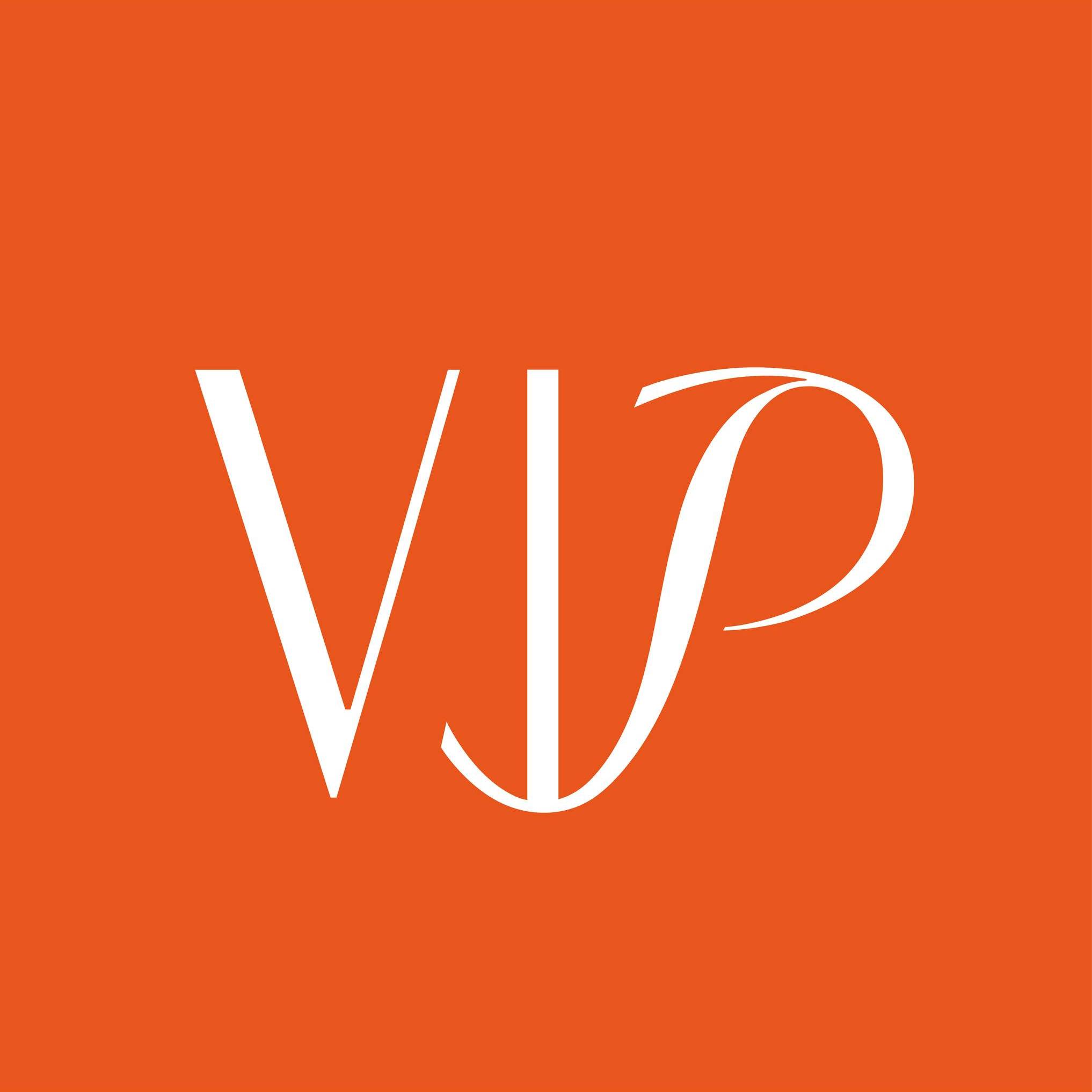

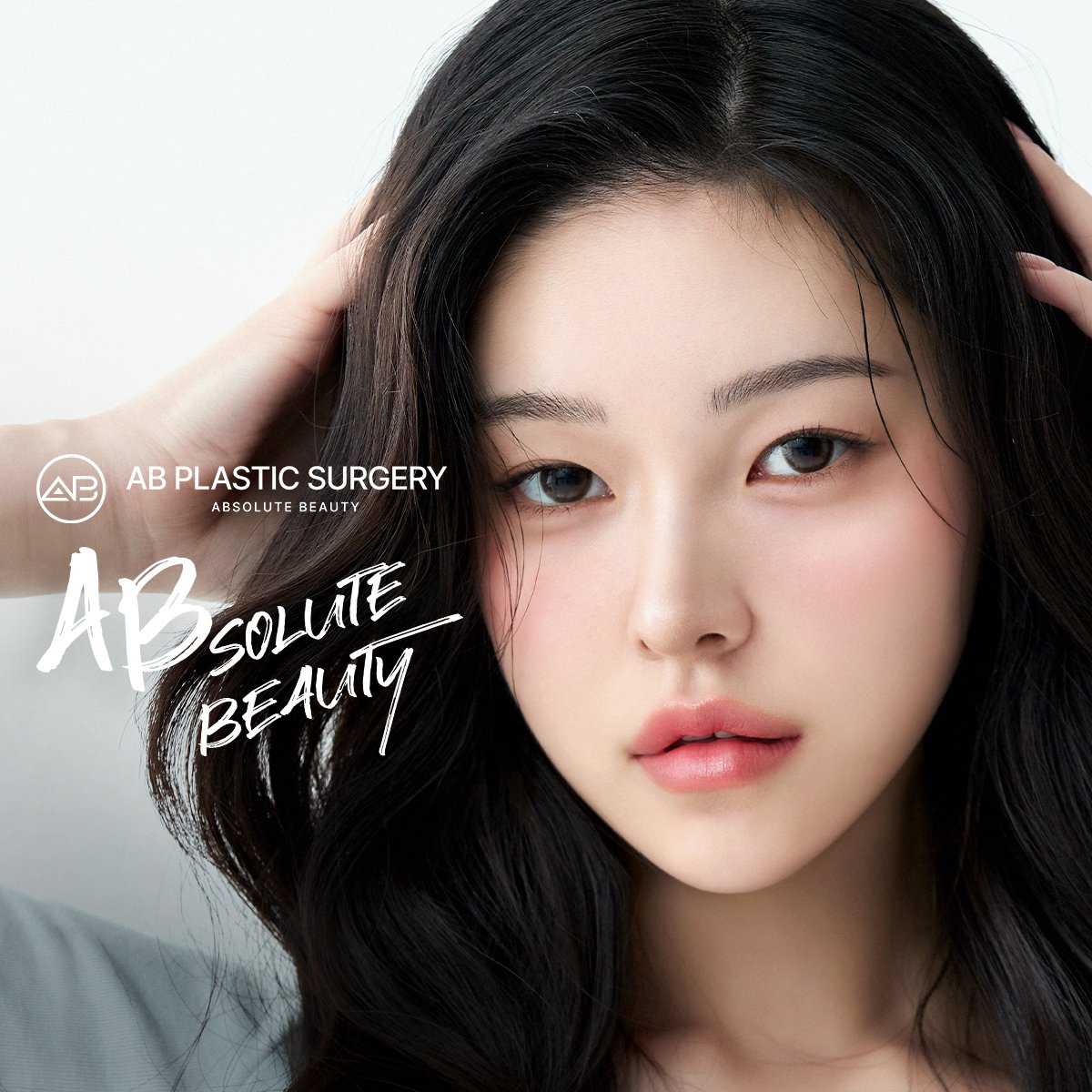
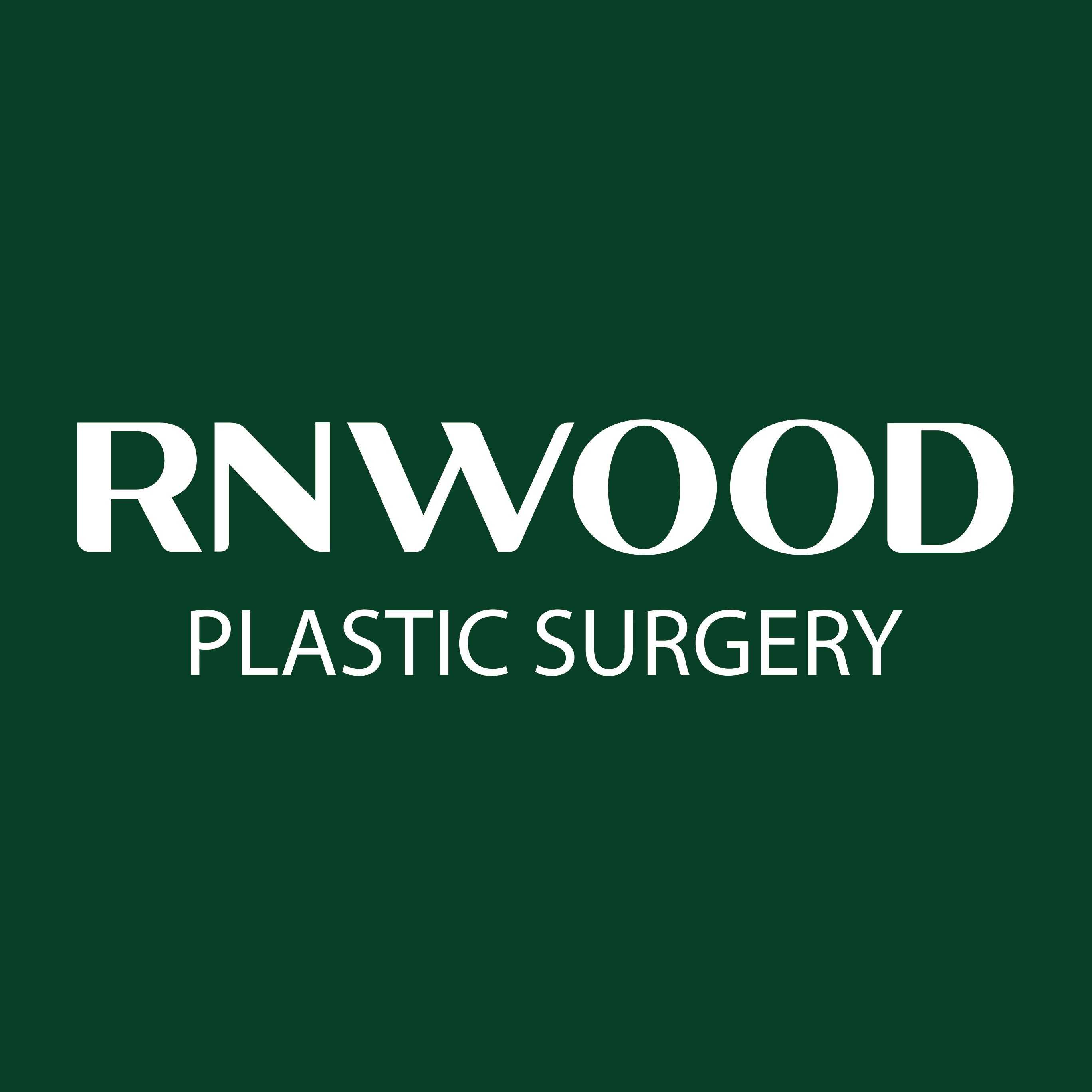

Share this listing